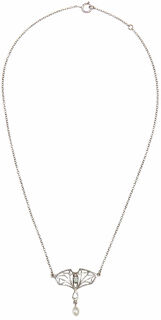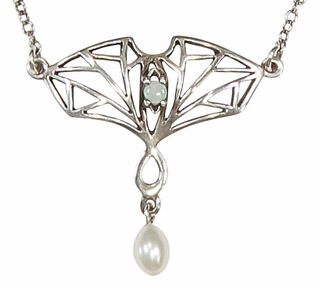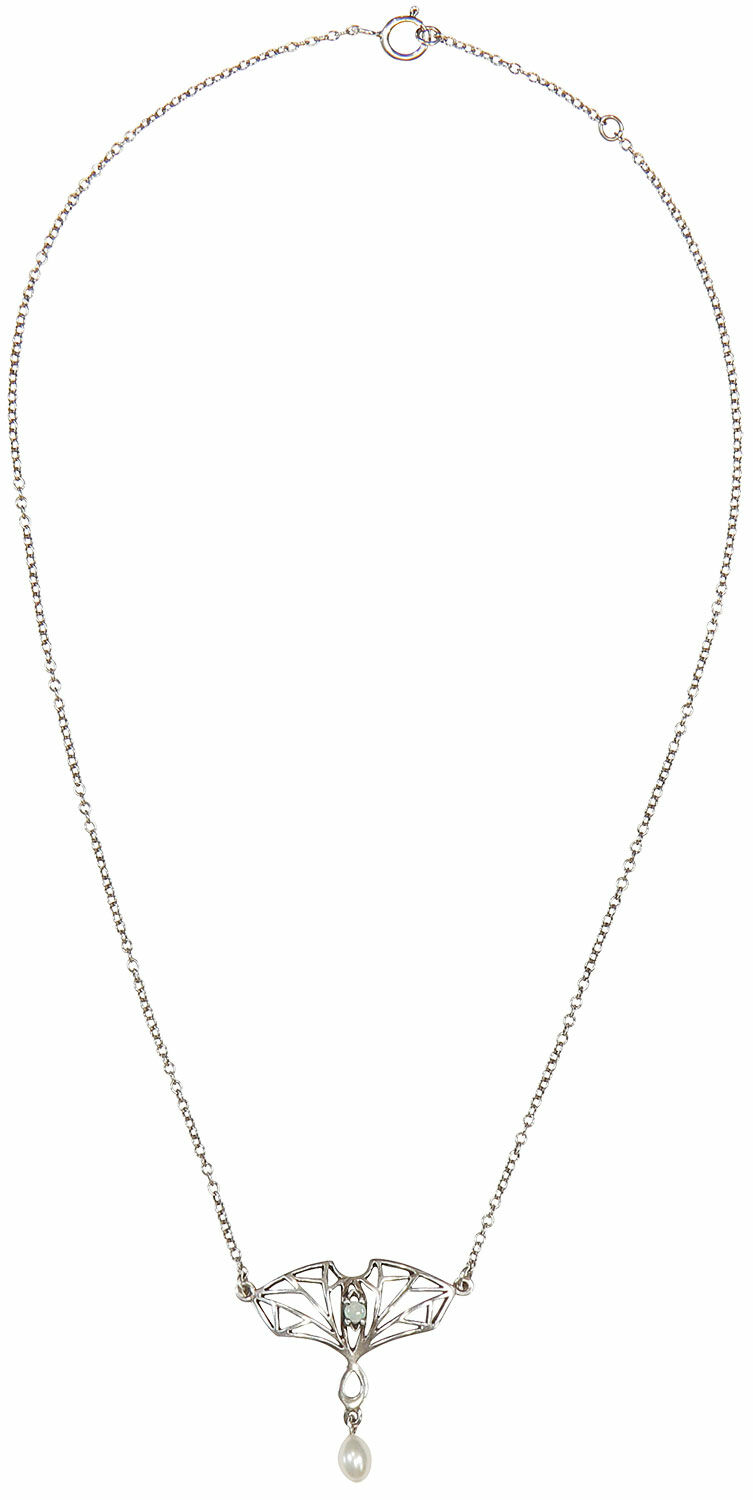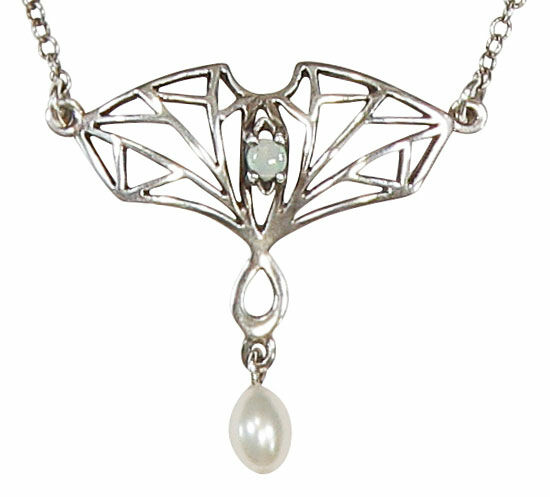Quick info
925 sterling silver | opal | pearl | length 42.5-45 cm | pendant 3 x 3 cm
Detailed description
Art Nouveau necklace "Bernardette" with pearl
The artfully designed Art Nouveau pendant is adorned with a sparkling opal and an impression of a delicate freshwater pearl. The necklace is a symbol of timeless beauty and sophistication that underlines your individual style. Crafted from solid 925 sterling silver. Adjustable length from 42.5-45 cm. Pendant 3 x 3 cm. With spring ring clasp.
Art Nouveau, or the German term Jugendstil (lit.: "Youth Style"), is the art epoch between 1890-1910. The name originates from the Munich-based magazine "Jugend" (Youth), founded in 1896. It was the German counterpart of Art Nouveau (France), but also internationally known as Modern Style (England) or Secession (Austria).
Art Nouveau conquered all of Europe and innumerable works were created, ranging from painting and applied arts to architecture. One of the requirements of Art Nouveau was the artistic design of everyday objects, i.e. beauty and practicality were combined. The desired unity of the artistic ability could only be achieved through individually influenced design, which made the Jugenstil the precursor of modernism. The essential characteristic of Art Nouveau is linear, often asymmetrical ornamentation. The models are particularly taken from nature and flora.
Major Art Nouveau centres were formed in Munich, Darmstadt, Brussels, Paris and Nancy (Glass Art by Emile Gallé). The Viennese architecture of that time was determined by Otto Wagner and J. Hoffmann. Gustav Klimt created paintings that gave sensual shape to the spirit of Art Nouveau.






